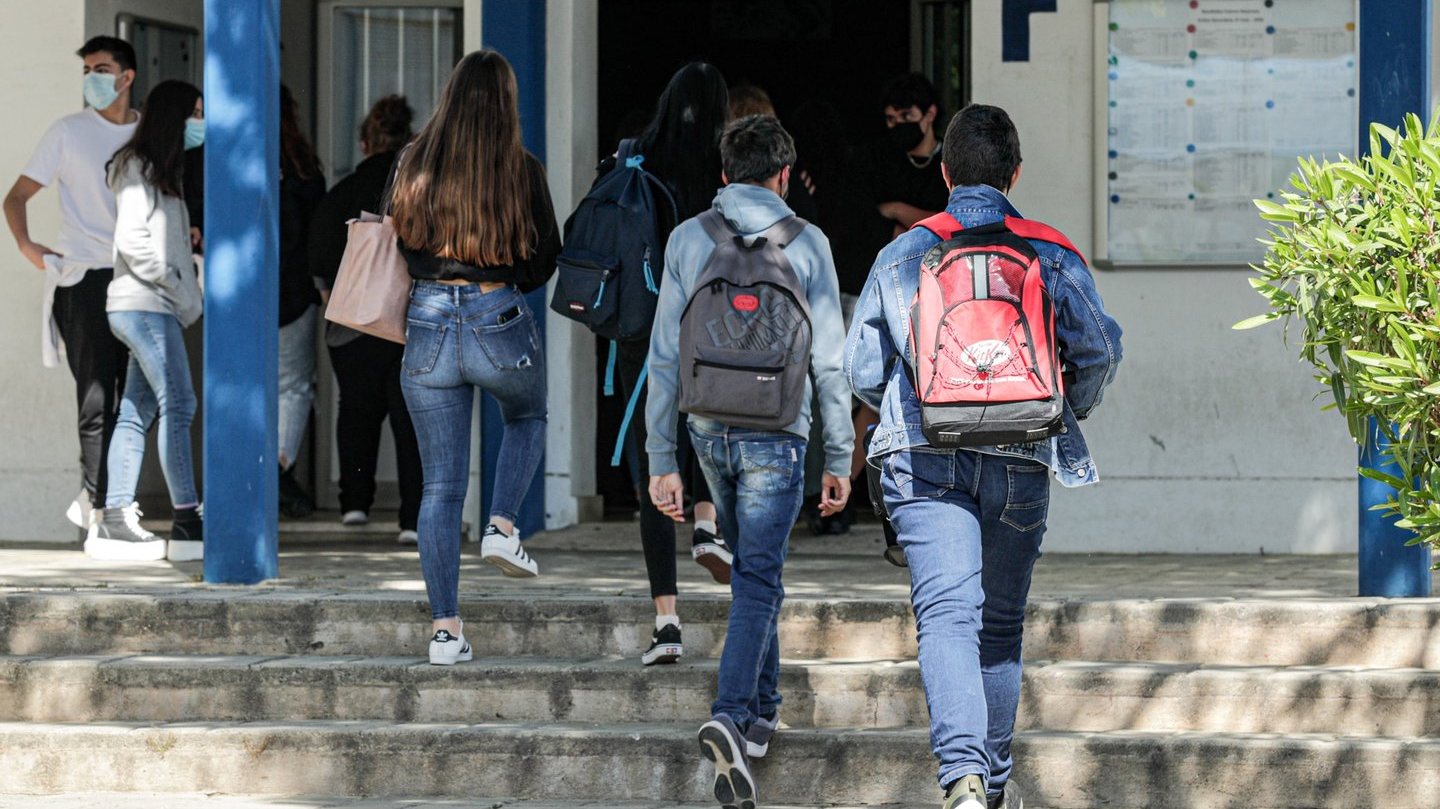Most of the 43 primary schools that had to close in the summer due to lack of students are preparing to receive the children of a new school year this week.
Last year, the Ministry of Education granted an “exceptional operating authorization” to 43 primary schools so that they could remain open “until the end of the 2021/2022 school year”, as part of the reorganization of the school network. But most will remain open, according to a survey by Lusa, which found only three schools closed.
Lusa spoke with the teachers who have been preparing material and classrooms for this week to welcome children from infant and 1st cycle one more course.
Of the list of those that should have closed definitively on June 30, only two basic ones in Celorico da Beira, in the district of Guarda, and another one in Viseu are no longer reopening, according to the answers obtained by Lusa on 32 primaries.
This is an old story, which began with the process of reorganizing the school network.
Most schools listed by the Ministry of Education has lived for more than a decade in this uncertaintysince every year his name reappears in a new list released by the guardianship.
Still under the leadership of José Sócrates, it was decided to close all primary schools with fewer than 21 students, and the Ministry of Education released a list of around 900 schools that would have to close permanently by the end of the 2010-2011 school year.
For the last decade, schools have been closing and the list has been reduced. According to reports from teachers and municipal officials, in these 12 years there were schools that disappeared, but there were also some that closed and reopened after a few years.
The current list has schools from the north to the south of the country and reveals that it is not only in the interior desert that the struggle is not only being waged to keep primary schools open.
Stories of uncertain futures are also told on the coast: in Lisbon and Vale do Tejo there are two schools in the municipality of Sintra and another five in the district of Santarém. All of them should have closed in June, but now they will receive their students.
Teacher Teresa Anselmo, who is in charge of the Escola Ensino Fundamental e Jardim de Infância de Ranholas, in Sintra, told Lusa that the school was at risk for several years of not opening its doors, but now “it even has a list of wait”. .
Teresa Anselmo attributes to “the tireless struggle of parents” the success of keeping the school open.
Living in uncertainty about the future began in 2010, when the two Sintra schools appeared among the approximately 900 educational establishments. The few elementary students of Ranholas and Galamares dictated its end.
Now, in Ranholas, there are parents who dream of a place in the “jungle school,” said the teacher, while finalizing the preparations to receive her students.
In Santarém, the stories are similar. The Cardigos primary school will remain in operation with less than 20 children, but the mayor of Mação recalls that the school is located about 30 kilometers from the municipal seat on a “curvy” road.
Nearby, in Chamusca, the vice president of the municipality, Cláudia Moreira, said that the Ulme Basic School has an exceptional operating permit since 2015 and will work this year with twenty students.
Despite being on the list of schools at risk of closure, many municipalities decided to continue investing in primary schools in an attempt to reverse the process.
In Cartaxo, for example, the municipality invested in classrooms that allowed children to spend more time in both schools, after school.
According to the councilor responsible for Education, Fátima Vinagre, the Casais Penedos school went from 11 to 15 students enrolled and the one in Ereira from seven to 18.
In Alentejo, the maintenance of the three schools that should have closed in June, two in the Beja district and another in Portalegre, is also celebrated.
One of them is the Basic School of Penilhos, in Mértola. A Lusa, the mayor, Mário Tomé, recalled that “keeping the primary school in operation means laughing and playing (…) in a very old town”.
This year, the Basic School of Penilhos will have 18 children: seven in preschool and eleven in the 1st cycle.
School has been on the ministry’s annual lists since 2010 and for some years it was closed. “With a lot of effort we managed to reopen three years ago”, recalled Mário Tomé, acknowledging that “it is unlikely that the Penilhos primary school will have a class with the same number again”.
A little further up the map, in the Castelo Branco district, there are another six schools that have opened with “exceptional authorization” since 2010.
In the district of Viseu, of the eight schools in the municipalities of Viseu, Nelas, Tondela and Castro Daire that are part of the list, only one closed last July: the Escola Básica de Travanca.
A source from the Câmara de Viseu told Lusa that the school closed after having been operating with exceptional authorization since the 2014/2015 school year and that now the eleven students will move to the school located a few kilometers away, with transportation assured.
The facilities of the closed school will probably be “at the service of the existing nursery in another space of the same parish,” added the same source.
Source: Observadora
